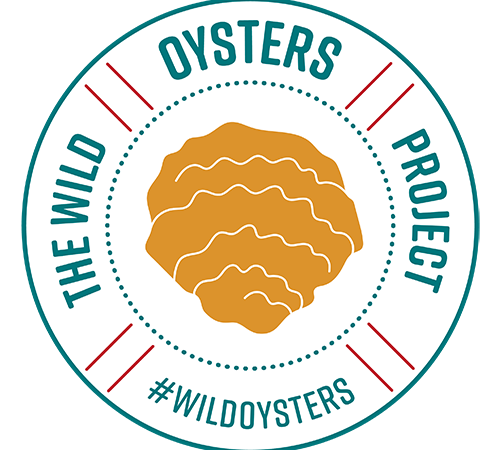
Published on: 16 December 2021

The British Marine supported Wild Oysters Project – a collaboration between British Marine, Blue Marine Foundation (BLUE) and Zoological Society of London (ZSL) has published an oyster restoration ‘how-to’ guide.
The guide has been developed following the successful results of the Solent Oyster Restoration Project on England’s south coast, where billions of oyster larvae have been successfully released into surrounding waters over the last five years.
The oyster network has been extended to six new sites across England, Wales and Scotland through the Wild Oysters Project. This ambitious three-year project has been awarded £1.18 million by the Postcode Dream Trust and will apply the lessons learned in the Solent to other areas in need of native oyster restoration, with the aim of helping to restore healthy, resilient coastal waters around the UK.
It has been estimated that 85 percent of oysters have been lost, making them one of the world’s most imperiled marine habitats. In some parts of Europe, the native oyster and European flat oyster are almost extinct after a decline of over 90 percent since the 1800s. This is due to human impacts such as overfishing, habitat destruction and pollution.
In 2013, the Solent, once Europe’s largest self-sustaining native oyster fishery, was closed after decades of decline. To tackle this, Blue Marine Foundation (BLUE), the University of Portsmouth and MDL Marinas formed a partnership to restore oyster nurseries to the area. The innovative cage-like nurseries, designed to hold oysters in close proximity and suspended above the seabed from marina pontoons, create the optimal conditions for oysters to reproduce and release millions of larvae into the surrounding waters where they settle and grow on the seabed. When oysters are suspended above the seabed, they also have more available food and are kept away from predators and potential smothering by sediment.
This project has been, and will continue to be a brilliant way of growing the network of oyster nurseries around the UK, helping to restore local oyster populations and allow communities to take part in conservation on their doorstep. The Oyster Restoration Project hopes that local community groups, universities, local authorities, non-governmental organisations, marina companies and other parties can come together and enable the new projects to flourish.
Oysters help with ecosystem services and hold both economic and environmental importance. They will help to improve the water quality by filtering algae and organic matter, increase biodiversity of species, create a nursery habitat for fish, reduce nitrogen levels and help cultural value.
This project will allow communities to engage and to make a real-world difference. To find out more about the native oyster restoration in the UK and Ireland, you can find the website link here – https://nativeoysternetwork.org/.
You can find a link to the ‘how-to guide’ here and a separate link here, to the Wild Oysters Project webpage, where they talk more about the guide that has been published plus some of the comments from members of BLUE, ZSL and British Marine .

